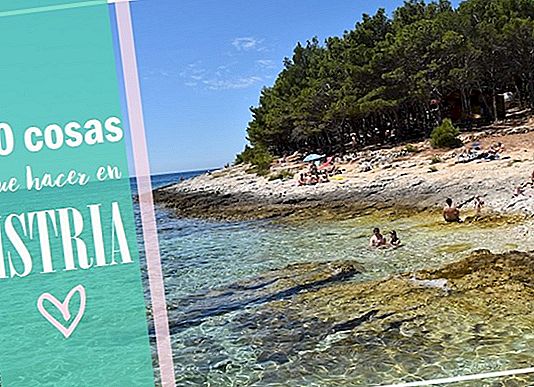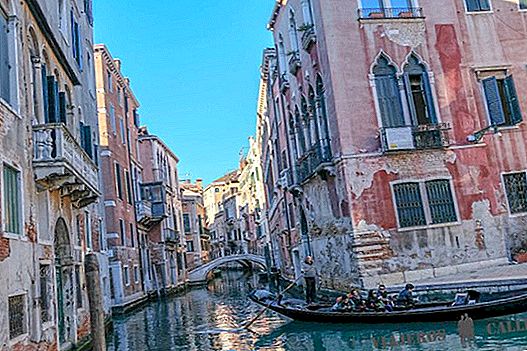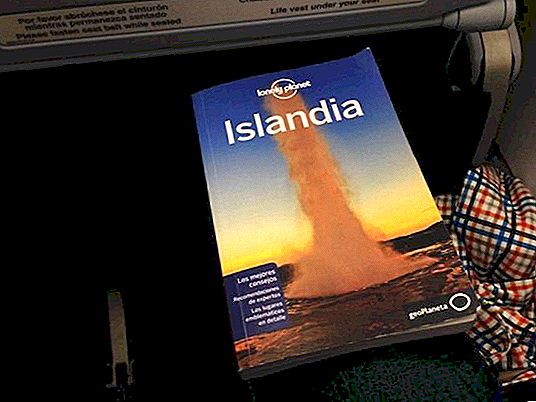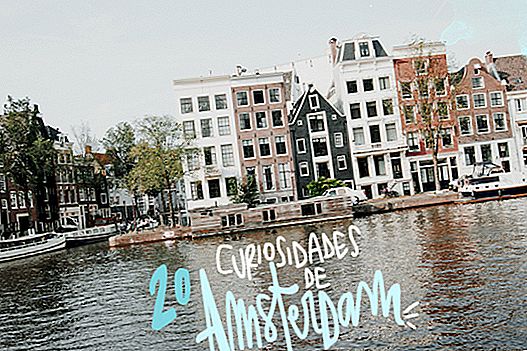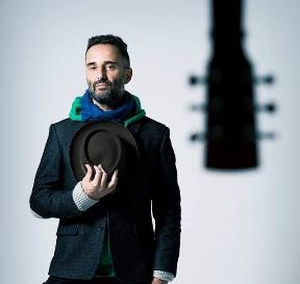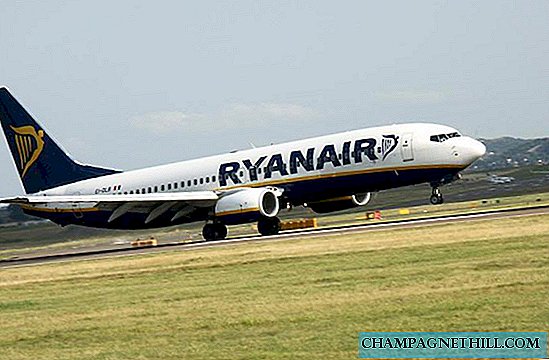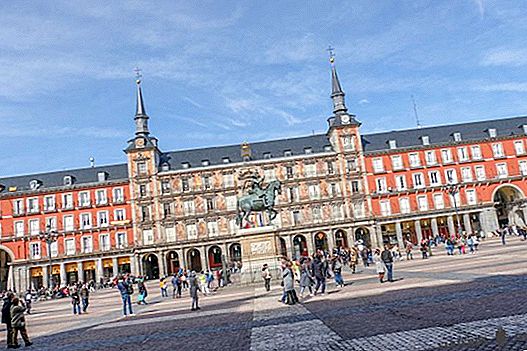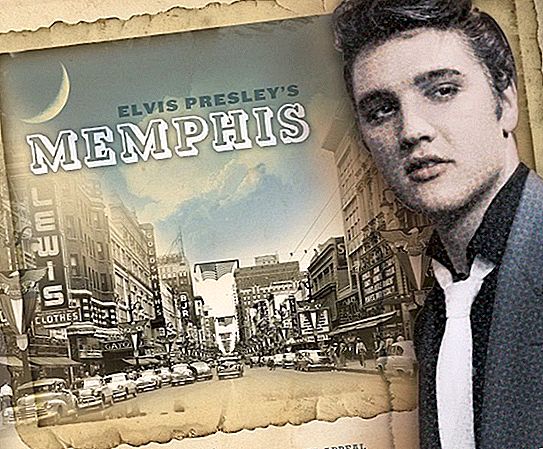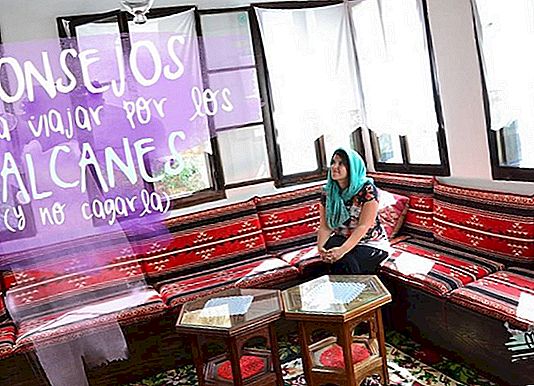
Our two-month trip through the Balkans was one of the most intense and enriching of our lives. This region, so sadly known for a war that is difficult to forget, is today one of the most complete and interesting destinations in Europe: there are cultural cities full of history such as Split, Sofia or Berat; heavenly places like Lake Ohrid, Bled's or the beaches of Croatia; curious places like Tirana, Skopje or Ljubljana and places where you simply leave a little piece of your heart like Sarajevo or Kotor. Come on, we fell in love with these countries so close and so different ...
If you plan a trip through this area, this post may be helpful: we will give you a few tips for traveling in the Balkans (and not screw it up).
Study a little the situation in which the Balkans are today and especially some of their recent turbulent past will make you get much more involved in the trip. The truth is that fully knowing the history of the Ex-Yugoslavia and its war is complicated but don't throw in the towel: you have to understand the past to understand the present.
We leave you a couple of articles that can help you:
- BOSNIA WAR
- ABOUT ALBANIA AND KOSOVO
As always, we would tell you that the longer the better, but if you want to take a more or less complete tour of the Balkans, you will need a month. And it seems little (we were a couple of months and we lacked time) If you have 2-3 weeks available we advise you to focus on 2-3 countries.

May and September are the best months to visit the Balkans: it is good weather without becoming very hot and you will also avoid encountering thousands of tourists.
The million dollar question! Obviously the answer is super personal, we stay with Croatia, Bosnia, Montenegro and Albania. Although it is not a fair answer and we are leaving out real wonders such as Lake Bled of Slovenia or Ohrid of Macedonia ... do not worry that we will soon prepare a top 10 of the Balkans.
It is cheaper than traveling in the rest of Europe and more expensive than traveling in Asia. Obvious. But if you know how to handle yourself the trip can be very cheap. We will detail the most important concepts when projecting a budget:
| TRANSPORTATION |
For us it was the largest expense and we did not think, as many people consider, that moving around the Balkans is much cheaper than in other countries such as Spain or Italy. Calculate about 2-3 € per hour of travel. There are many people who travel by finger, we do not try it but it seems to work very very well.
Our advice: Croatia, Montenegro by car (in Albania they drive like crazy but if you dare it has to be very worthwhile to travel the coast!). The other countries by public transport (bus-train depending on the price): always check the options on the internet (the Sarajevo-Belgrade section for example came out cheaper with private minibus than with public bus!). Eye: on some bus they charge to leave luggage in the trunk (between € 0.50 - € 1!).
- If you need to look for bus schedules / prices in the Balkans, we advise you to take a look at websites such as Balkanviator, GetByBus or Vollo.
- If you want to travel by train we advise you to read our interrail guide, although being honest we believe that this ticket is not worth it to visit the Balkan area: although it is true that in the rest of Europe the interrail represents a certain saving ... in We don't see the Balkans as interesting (besides the rail network is not the best!). As we have said above, for us, the best is a train / bus / minibus / finger mix.
| ACCOMMODATION |
In general the prices are about € 7-10 per bed in a shared dormitory, € 30-40 in a double room in a hostel, € 20 per double room in on (private houses that rent rooms).
Airbnb works quite well in the Balkans and you can find great options from € 10-20. Couchsurfing also works a lot, a great way to live a place from within.
If you travel without a reservation you will not have problems (unless it is not super high season!) Since in almost all the stations there will be people who offer 'sobe' at a good price.
| FOOD |
Eating can be very cheap if you want. The pekaras (bakeries) have taken us out of many troubles: pizzas, burek, sweets from € 0.40! Another very typical dish in the area (and delicious) is the cevapi, spicy sausages that are served with bread and onion. It is from € 1.50 (5 pieces ration) in most Balkan countries.
If you want to eat a typical dish in a normal restaurant, calculate that you will spend about 3-4 €, the price goes up if the destination / restaurant is more touristy, but come on, you can eat well and cheaply.

Yes and no. In tourist areas it is very common to chatter some English and you can make yourself understood. The problem is when you are in a restaurant lost from the hand of God and they give you a Cyrillic menu. Well do not worry that with this post you will learn Cyrillic in a plis plas and you can eat everything!
YES! At no time do we feel insecure (It is also true that our nightlife is very small that we are already two retired partiers). There are places that can impress a bit but we found the people very friendly and the only rip-off that hit us was on the border between Albania and Macedonia when the driver of a mini-bus charged us € 1 more than the other passengers (and that with a little more self-confidence we could have avoided).
Ah, if you are afraid of stray dogs, you may occasionally get some fright ... during our trip we have encountered so many stray dogs but you don't have to worry at all: they are very sweet, affectionate and super good. They usually have a chip in their ear (we suppose it indicates that they have been registered and vaccinated) and really, they are very affectionate, stop to play with them for a while 🙂

Don't forget it at home since many Balkan countries are not part of the Schengen Agreement and you will need your passport. It must have at least 6 months of validity and 1 white page where to put the stamps.
Among the countries that are part of the Schengen Treaty There will be absolutely nothing to do. For EU residents it will only be necessary to carry the ID. For the rest of the countries, we will need the passport, which is proven at the border crossing, sometimes they put a seal and sometimes not.

To have a clearer entry policy, we always use Wikipedia, there search for “Visa policy of [country name]” and you will have all the details.
We always recommend using a card when traveling. Both for payments and to get money. It is not very cool to carry large amounts of cash on top, let alone having to change it in destinations whose currency is not €. But watch out for commissions! Here we tell you the solutions to have money abroad. The ones we use are the Bnext card and the N26 card, which are free and complement each other perfectly.
In most of the Balkan countries their own currencies are used, few are those that have joined the economic union with the €. These are the currencies of each country:
- Slovenia: €
- Croatia: Kunas (€ 1 = HRK 7.64)
- Bosnia: Marco Bosnioherzegovino (€ 1 = 1.97 BAM)
- Serbia: Dinar (€ 1 = 121.4 RSD)
- Montenegro: €
- Albania: Leke (€ 1 = LEK 142.5)
- Macedonia: Denar (€ 1 = 62.2 MKD)
- Bulgaria: Lev (€ 1 = 1.97 LEV)
These are our tips for traveling in the Balkans, we hope you find them useful! And if you have doubts, you know, leave us a comment!

